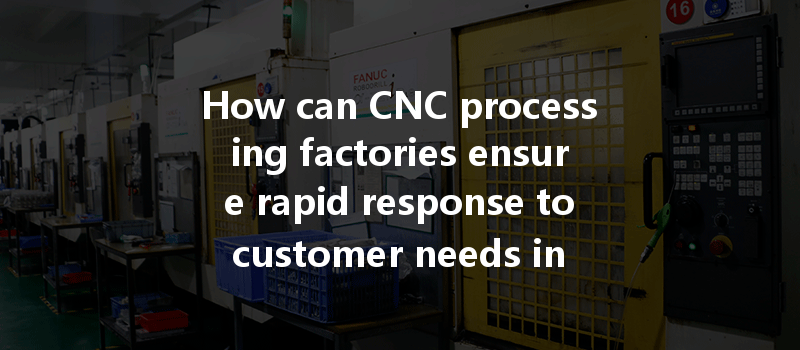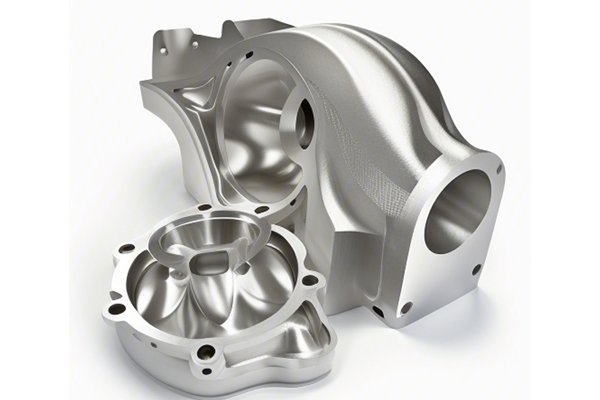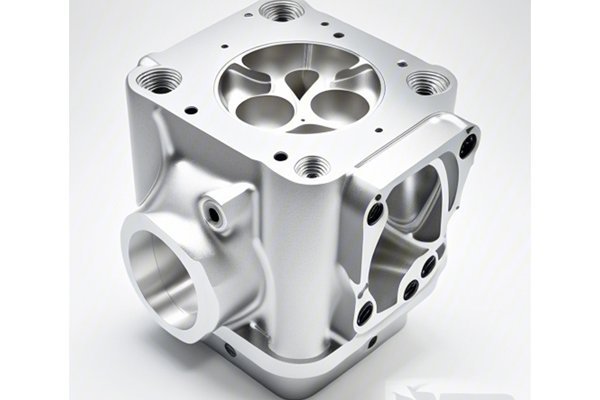Did you know that the global CNC machining market is expected to reach over $100 billion by 2026? As industries continue to evolve and demand for precision engineering grows, CNC processing factories find themselves in a rapidly changing landscape that requires an agile response to customer needs. But how can these factories adapt quickly without compromising quality? This blog will explore strategies, technologies, and best practices that CNC processing factories can adopt to ensure a rapid response to customer demands in today’s competitive market.
—
Understanding Customer Needs
The first step in ensuring a quick response to customer needs is to fully understand those needs. This understanding goes beyond just gathering specifications; it involves actively engaging with customers, listening to their challenges, and developing a customer-centric approach. Here are some key practices to adopt:
Establish consistent channels of communication with customers. This could include regular updates, feedback sessions, and post-project reviews. By keeping an open line, you can respond to questions and concerns promptly.
Conduct surveys and feedback sessions to gauge customer satisfaction and identify areas for improvement. Understanding what is most important to your clients will allow you to prioritize your responses more effectively.
Every customer has unique requirements. Providing customization options for machining processes or materials shows your commitment to meeting individual needs and adds value to your services.
—
Embracing Technology for Rapid Response
In an industry characterized by precision and efficiency, the right technology can significantly enhance responsiveness. Here are technologies that CNC processing factories should consider:
Utilize CAD (Computer-Aided Design) and CAM (Computer-Aided Manufacturing) software to streamline the design and production process. These tools simplify the transition from concept to production, allowing quicker turnarounds on projects.
Implement IoT (Internet of Things) technologies to monitor machine performance and production workflows in real-time. This capability allows CNC factories to promptly identify issues and make on-the-fly adjustments.
Investing in automation technologies like robotic arms and automated machining cells can greatly increase productivity. These systems can operate without human intervention for extended periods, reducing bottlenecks and speeding up response times.
Cloud-based platforms facilitate easy data sharing and collaboration across teams. This allows project stakeholders to access relevant information and make informed decisions quickly, irrespective of their location.
—
Streamlining Processes for Efficiency
Improving internal processes is vital for speedier responses to customer needs. Here are some strategies that can enhance operational efficiency:
Adopt lean principles to eliminate waste in production processes. By optimizing every step from raw material acquisition to final delivery, you can streamline operations and reduce lead times.

Create a workforce that can quickly adapt to changing demands. Cross-training employees in various CNC processes or having a pool of on-call operators ready for fast deployment can help ensure that you can meet tight deadlines.
Efficient inventory management will help ensure that the necessary materials are on hand when required. Implementing Just-In-Time (JIT) inventory systems can dramatically reduce inventory costs and enhance responsiveness.
Establish a risk management framework to quickly react to supply chain disruptions, customer complaints, or other unexpected events. Anticipating potential risks allows your organization to develop contingency plans that can be implemented without delay.
—
Building Strong Relationships
Building strong relationships with suppliers and partners can also lead to enhanced responsiveness. Here are a few strategies to consider:
Forming alliances with key suppliers can ensure you have better access to materials and quicker turnaround times. Build relationships based on trust, transparency, and mutual benefit.
Collaborate closely with your supply chain partners to enhance the flow of information. By synchronizing your processes, you improve efficiencies throughout the supply chain, allowing for quicker response times.
Regularly assess supplier performance using key performance indicators (KPIs). This assists in identifying reliable partners and those that may be holding up your response to customer needs.
—
Creating a Culture of Agility
Cultivating an organizational culture that embraces agility can lead to significant improvements in responsiveness:
Empower employees at all levels to make decisions quickly, especially those who are directly involved in production or customer service. This can lead to quicker resolutions of issues and improved service quality.
Promote a culture of continuous improvement where employees are encouraged to propose enhancements to processes and systems. This proactive mindset often translates to quicker responses.
Invest in employee training to ensure they are equipped with the skills necessary to adapt to changes in technology, processes, or customer demands. Continuous learning enables staff to react more effectively to new challenges.
—
In conclusion, ensuring a rapid response to customer needs in the CNC processing industry requires a comprehensive strategy that includes understanding customer needs, leveraging technology, streamlining processes, building strong relationships, and fostering a culture of agility. As the CNC machining landscape continues to grow and evolve, factories that prioritize these areas will find themselves better equipped to meet current demands and anticipate future challenges.
Reflecting on these core technologies and strategies offers an excellent opportunity for leaders within CNC processing factories to consider how their operations can better serve clients in a competitive marketplace. Ultimately, the ability to respond quickly not only enhances customer satisfaction but can also lead to increased loyalty, repeat business, and a marked competitive advantage.
Understanding these dynamics and implementing the outlined solutions may very well be what positions a factory as a leader in the CNC processing market of tomorrow. Remember, agility and responsiveness are not merely options; they are prerequisites for sustained success in this fast-paced industry.






